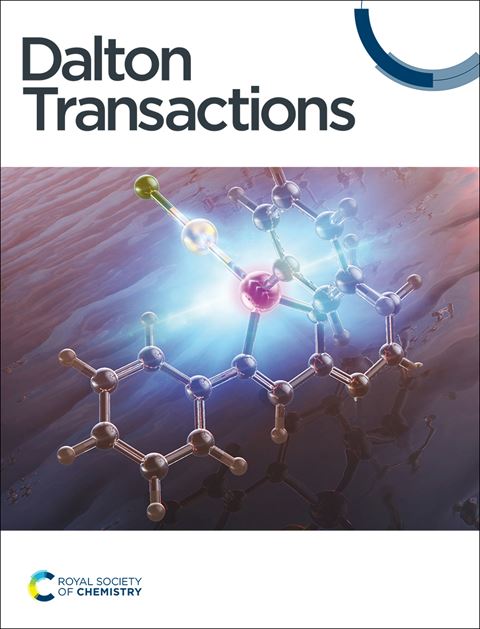Removal of dibenzothiophene by extraction and catalytic oxidation using long- and short-channel SBA-15 containing Zr and Mo species
IF 3.5
3区 化学
Q2 CHEMISTRY, INORGANIC & NUCLEAR
引用次数: 0
Abstract
Two different SBA-15 silicas with long and short channels, containing zirconium species, were prepared and used as supports for molybdenum additives. The resulting materials were characterized and tested as catalysts for extractive catalytic oxidative desulfurization (ECODS) of dibenzothiophene (DBT) using acetonitrile as a solvent and H2O2 as an oxidant. The synthesis procedure for the zirconium-containing silicas influenced both the zirconium loading and its distribution, i.e., whether it was incorporated into the framework or present in extra-framework positions. Additionally, the choice of support for molybdenum inclusion affected the amount of modifier loaded and its resistance to leaching, which collectively impacted the acidic and basic properties of the synthesized catalysts. The textural and surface properties of the materials were evaluated using low-temperature nitrogen adsorption/desorption, XRD, SEM-EDS, FT-IR-ATR, XPS, and UV-vis. The acidity and basicity of the samples were evaluated using FT-IR spectroscopy with pyridine adsorption/desorption and test reactions including 2-propanol dehydration/dehydrogenation and 2,5-hexanedione cyclization/dehydration. The catalytic activity was measured in ECODS. The Mo/ZrSBA-15-S catalyst demonstrated the best performance in DBT removal from the oil phase, achieving approximately 92% conversion of DBT within 120 minutes at 60 °C. This superior activity was attributed to the material's high acidity strength.

求助全文
约1分钟内获得全文
求助全文
来源期刊

Dalton Transactions
化学-无机化学与核化学
CiteScore
6.60
自引率
7.50%
发文量
1832
审稿时长
1.5 months
期刊介绍:
Dalton Transactions is a journal for all areas of inorganic chemistry, which encompasses the organometallic, bioinorganic and materials chemistry of the elements, with applications including synthesis, catalysis, energy conversion/storage, electrical devices and medicine. Dalton Transactions welcomes high-quality, original submissions in all of these areas and more, where the advancement of knowledge in inorganic chemistry is significant.
 求助内容:
求助内容: 应助结果提醒方式:
应助结果提醒方式:


